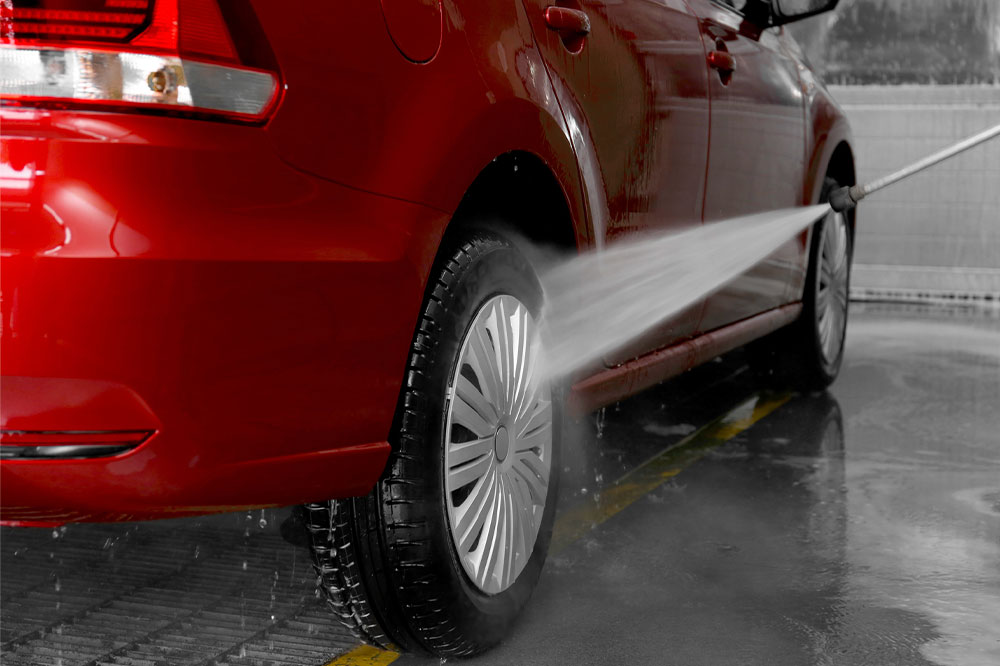8 common mistakes to avoid while washing a car

Washing is an essential part of car care, as it helps remove dirt, grime, and contaminants that can spoil the exterior paint and finish. Apart from enhancing its visual appeal, this process also prolongs the car’s lifespan. But overlooking essential steps in the cleaning process can make the wash ineffective. So, here are a few common mistakes one should avoid while washing a car to achieve the best possible results.
Choosing the wrong tools
Using abrasive materials, such as dish sponges or harsh brushes, can leave swirl marks or scratches on the car. Here, microfiber wash mitts or soft natural sponges can be a gentler alternative. Additionally, household supplies like dish soap or glass cleaners can strip the exterior of its protective wax and sealant. So, automotive-specific soaps should be used.
Washing in direct sunlight
Washing the car in direct sunlight might seem convenient, but it can lead to water spots and streaks on the surface. The heat makes water evaporate quickly, leaving behind mineral deposits. So, one should choose an overcast day or wash the vehicle in the shade to get enough time for rinsing and drying the car.
Skipping the wheels and undercarriage
The wheels and undercarriage of a car are exposed to road grime, brake dust, and salt that can cause corrosion over time. Not washing these areas can increase the risk of long-term damage here. Here, one should use a cleaner that is designed for their wheel type.
Using the wrong drying technique
Drying the car incorrectly can lead to water spots on the surface. Here, a common mistake is using a regular bath towel or cloth to wipe the car, which can leave behind lint and scratches. A microfiber towel designed to absorb water without dragging or rubbing it across the surface should work. Here, washing and drying the car from top and bottom is crucial.
Using a dirty towel
Reusing a soiled towel can add contaminants to the surface. One should always ensure that wash mitts and towels are clean before using them. One should also wash them separately and thoroughly after each use.
Not rinsing the car thoroughly
Failing to rinse the car thoroughly after washing it can leave behind a soap residue that dries and forms unsightly streaks on the exterior. One can use a steady stream of water to rinse off all soap and suds, paying special attention to crevices and nooks.
Choosing incorrect washing methods
Using a circular motion while washing can create swirl marks on the paint. Further, one should adopt a two-bucket wash method: one bucket for soapy water and another for rinsing the wash mitt. This prevents dirt and grit from being transferred back onto the surface.
Not following the right order
Rinsing the exterior first with plain water removes loose dirt or grime. The same step should be followed while washing wheels and undercarriage. Then, one can begin washing the car from the top down to prevent soapy water from drying on the surface. By following the right sequence, one can get better results.



